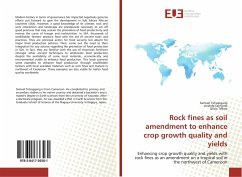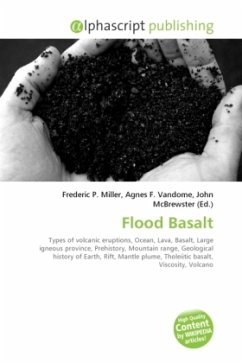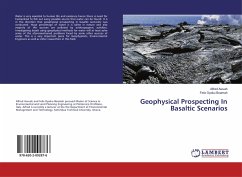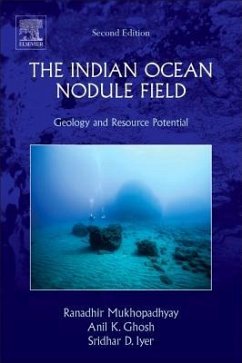
Sand
Versandkostenfrei!
Versandfertig in 6-10 Tagen
26,99 €
inkl. MwSt.

PAYBACK Punkte
13 °P sammeln!
High Quality Content by WIKIPEDIA articles! Sand is a naturally occurring granular material composed of finely divided rock and mineral particles. As the term is used by geologists, sand particles range in diameter from 0.0625 (or 1?16 mm, or 62.5 micrometers) to 2 millimeters. An individual particle in this range size is termed a sand grain. The next larger size class above sand is gravel, with particles ranging from 2 mm up to 64 mm (see particle size for standards in use). The next smaller size class in geology is silt: particles smaller than 0.0625 mm down to 0.004 mm in diameter. The size...
High Quality Content by WIKIPEDIA articles! Sand is a naturally occurring granular material composed of finely divided rock and mineral particles. As the term is used by geologists, sand particles range in diameter from 0.0625 (or 1?16 mm, or 62.5 micrometers) to 2 millimeters. An individual particle in this range size is termed a sand grain. The next larger size class above sand is gravel, with particles ranging from 2 mm up to 64 mm (see particle size for standards in use). The next smaller size class in geology is silt: particles smaller than 0.0625 mm down to 0.004 mm in diameter. The size specification between sand and gravel has remained constant for more than a century, but particle diameters as small as 0.02 mm were considered sand under the Albert Atterberg standard in use during the early 20th century. A 1953 engineering standard published by the American Association of State Highway and Transportation Officials set the minimum sand size at 0.074 mm.












